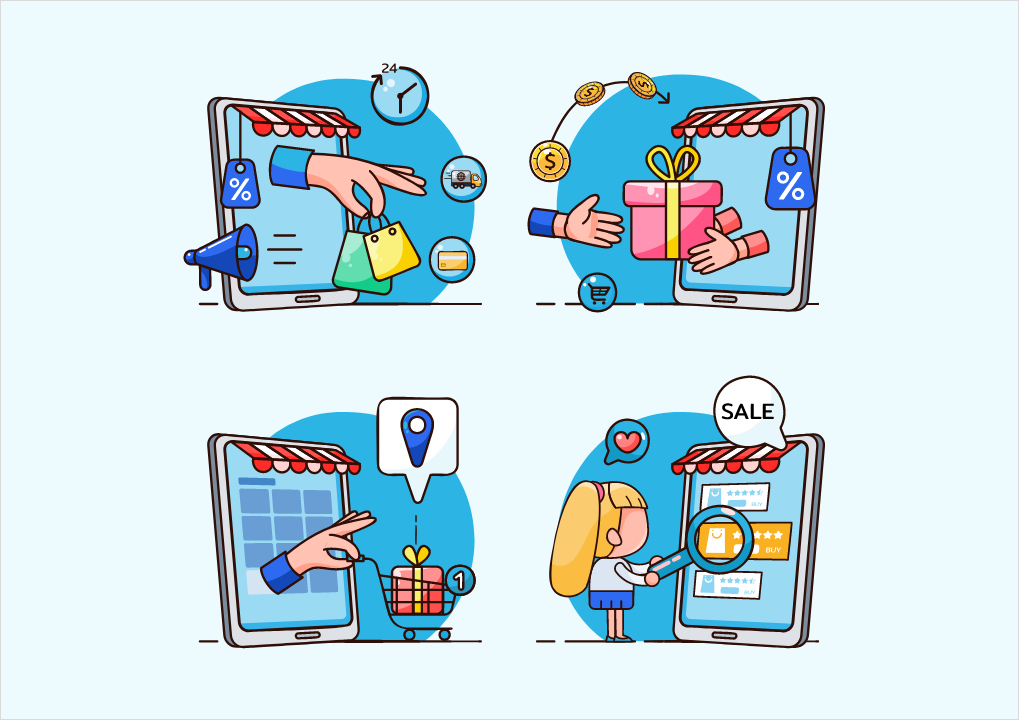Change is the only constant in the ever-evolving world of social media and tech giants. We’ve all heard about Meta, formerly known as Facebook, and its domination of the digital landscape. But here’s the latest scoop: Meta is contemplating a groundbreaking shift that could reshape how we experience Facebook and Instagram in the European Union (EU). The buzz is all about Meta’s potential introduction of ad-free, subscription-based versions of these platforms for EU users.
What’s the Big Deal?
Picture this: scrolling through your Facebook or Instagram feed without a single ad interrupting your flow. Sounds like a digital dream come true, right? That’s precisely what Meta is exploring for its EU user base. While these platforms’ free, ad-supported versions will still be available, this move represents a seismic shift in Meta’s monetization strategy.
The EU has been at the forefront of data privacy regulations, challenging tech giants on how they handle user information. The introduction of the General Data Protection Regulation (GDPR) in 2018 set a new standard for data privacy, and other regulations like the Digital Services Act (DSA) and Digital Markets Act (DMA) aim to protect online data, combat illicit content, and promote competition among tech platforms. These regulations have already begun influencing Meta’s business decisions, most notably with the Threads app rollout.
What Does This Mean for Advertisers?
Advertisers could face a new reality if Meta’s ad-free versions gain traction among EU users. With potentially fewer users engaging with the ad-supported versions, competition for ad slots could intensify, driving up costs. Marketers may also need to pivot toward organic reach to connect with their target audiences effectively.
Our Take on Meta’s Bold Move
Meta’s contemplation of ad-free, subscription-based platforms for the EU is more than just a response to regulatory pressure. It’s a strategic pivot reflecting European regulations’ transformative power on global tech giants.
For nearly two decades, Meta has thrived on a business model that offers free platform access, supported by targeted advertising. However, the looming specter of hefty fines and increasing scrutiny in the EU has forced the company to rethink its approach.
By considering a paid version, Meta isn’t just complying with regulations; it’s also offering users a choice. Even if only a fraction of users opt for the paid versions, it sends a powerful message: Meta is committed to user privacy and choice, aligning with the ethos of the GDPR and other EU regulations.
What’s Next?
The tech landscape in Europe is undergoing a radical transformation thanks to regulations prioritizing user privacy and competition. Meta’s potential shift in its business model could be just the tip of the iceberg.
If the subscription model proves successful in the EU, it might pave the way for similar initiatives worldwide. It could signify a monumental shift in the global digital ecosystem, with other tech giants considering alternative monetization strategies.
As we await further developments, one thing is clear: the winds of change are blowing through the digital realm. Meta’s potential move could be the harbinger of a new era in how we experience social media. Whether you’re an EU user eager for an ad-free experience or an advertiser contemplating the evolving landscape, one thing’s certain – the digital landscape is in flux, and it’s time to embrace the winds of change.
As we wrap up our exploration of Meta’s potential ad-free platforms in the EU, it’s worth reflecting on the broader implications of this shift. While the company’s move is driven by the need to adapt to European regulations, it underscores the importance of user choice and privacy in the digital age.
We’ll closely monitor how this experiment unfolds in the EU in the coming months and years. Will users flock to the ad-free versions, signaling a priority shift? Will advertisers face stiffer competition and higher costs as a result? These questions will be answered quickly, and the digital marketing landscape will evolve accordingly.
Wrapping Up
In conclusion, Meta’s potential introduction of ad-free platforms in the EU is more than a mere business maneuver; it reflects the changing tides in the tech world. It’s a testament to the power of regulations that prioritize user data protection and competition. It’s a nod to the shifting sands of user preferences.
So, as we bid farewell, we encourage you to stay tuned for further developments. The world of social media and tech giants is dynamic, and change is inevitable. Whether you’re an EU user excited about the prospect of an ad-free experience or a marketer contemplating new strategies, remember that in the digital realm, the only constant is change. Embrace it, adapt to it, and stay ahead of the game. The future of digital interaction is evolving, and it’s an exciting journey to be a part of.






